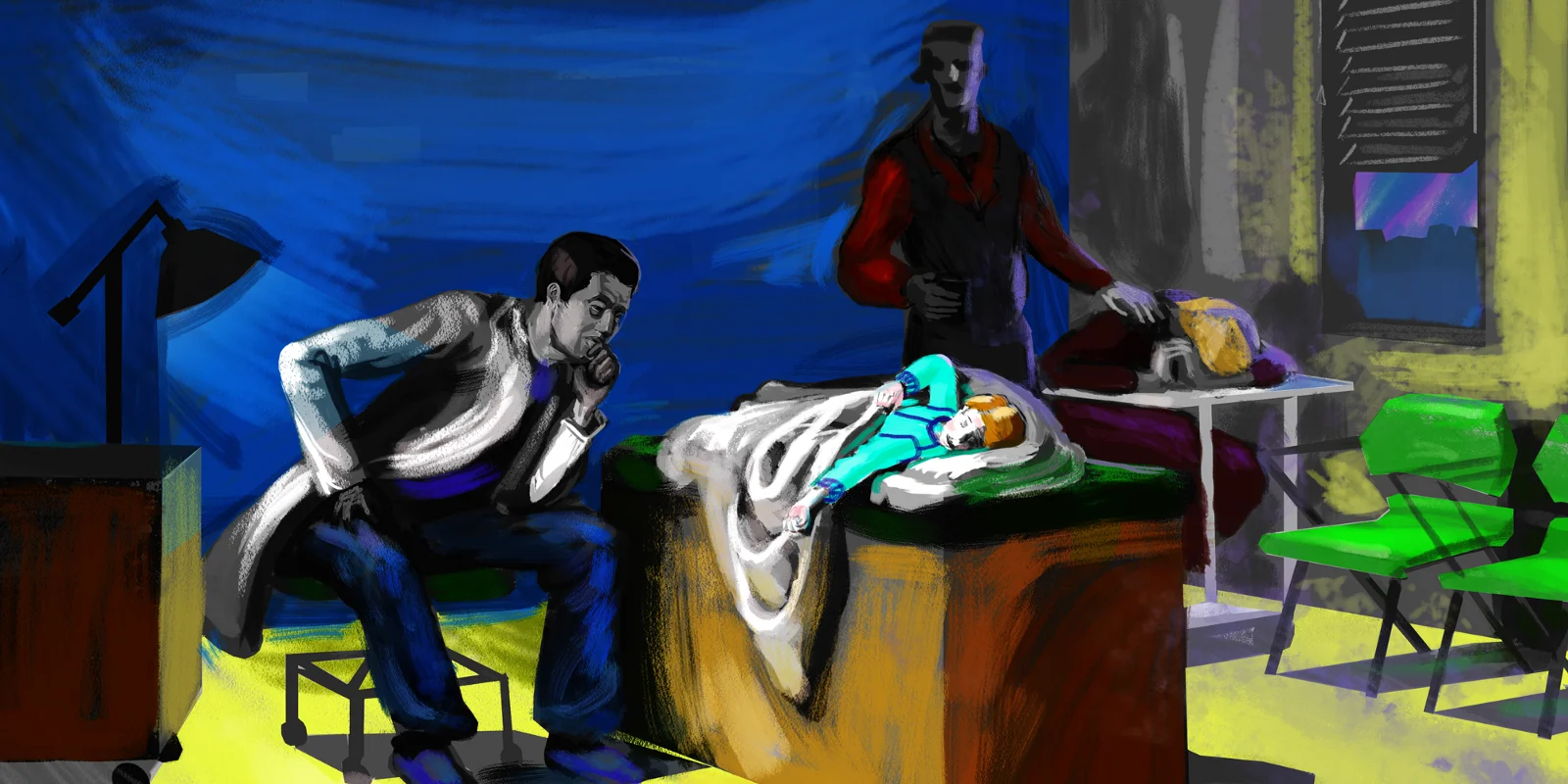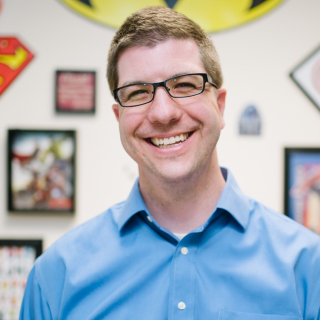
The romantic notion of the lone country doctor who performs his craft in the home of his ever-appreciative patients is sacrosanct in American and European lore. The doctor knew every person by their first name, was aware of every prior problem, knew their family and personal situation, and was constantly at the ready anytime day or night with his magic black bag of medical wonder. Popular culture is particularly nostalgic since the growth of hospitals and other various societal factors have rendered the notion moot, as we look back in an accepted fondness of a “simpler” time never to return. This utopia is nearly extinct in today’s world, but it was to this ideal that I was drawn when witnessing the first-hand terrors of my mother’s breast cancer devouring my idyllic childhood.
My mother was diagnosed with breast cancer when I was 17 years old, she 50. Despite our accelerated diagnostic and treatment modalities in western medicine, cancer is still a snake in the grass that we know is there but aren’t sure when or if it will strike. Fear grips not only the individual, but family and friends as well. Hopelessness takes over, and the giant behemoth that is American health care becomes the leviathan instead of the lighthouse.
As is typical with such a diagnosis, my mother saw multiple physicians in a relatively short time span — primary care, surgeon, oncologist, radiologist. She was a key in a large cog, rarely a person. But there were some doctors in the health care foundry who treated her like the apprehensive, hesitant person that she was; she wasn’t a disease, the “breast cancer in room 4,” but “Mrs Jones who just happens to have breast cancer.” This made a big impact on her, and subsequently on me. I could see it in her countenance when her questions were answered, her emotional well-being as physicians took time with her, her dignity intact when empathy shared. Some weren’t as giving, and that provided a mirror image to the good days.
There is a famous painting from 1891 by Sir Luke Fildes entitled The Doctor. The family’s long-time physician is sitting in a darkened room of the home of an obviously deathly ill child, parents distraught in the corner. The light softly concentrates on the doctor and the girl, the remainder of the room and its occupants blurred in the blackness. The doctor is leaning in towards the patient as she is lying on a makeshift bed, just two chairs pushed together with some blankets and a pillow. It’s tough to tell if she is asleep, in a feverish delirium, or possibly even dead. The doctors face shows a myriad of emotions — determination, defiance, devotion, and even deference. His mind is not consumed with billing, or documentation, or covering his you-know-what just in case he gets sued. He’s not going anywhere until she is either better, or the parents can get some rest after the unfortunate inevitability. Fildes painted this from personal experience.

This is primary care. The archetypal generalist who can do so much with so little, but once s/he can’t, nevertheless remains with the patient; addressing the person as a whole, as more than a bag of chemicals somehow gone awry; the maestro leading the symphony of all the factors that contribute to the individual’s health; the one person trusted above all others in the care of the patient and family. That’s what I wanted to be after seeing my mother experience her illness, seeing the impact that a conscientious doctor had on her. It is admittedly an unrealistic expectation in our current healthcare system, but is the indefectibility to which I strive every day, to magnify the person within a colossal, unforgiving system.
Thankfully, my mother did well with treatment and has been in remission for a couple of decades now. She didn’t receive any home visits from a doctor, no all-night vigils over her invaded body. But she did have the surgeon literally run through the hospital to tell her that the lymph node biopsy was negative. It’s not quite the country physician taking care of everything, but is akin to Fildes’ Doctor, eyes ever on the patient in the soft light.
Kyle Bradford Jones, MD, FAAFP is an Assistant Professor (Clinical) at the University of Utah School of Medicine. He has written for multiple online venues, and his work can be found at kylebradfordjones.com.







